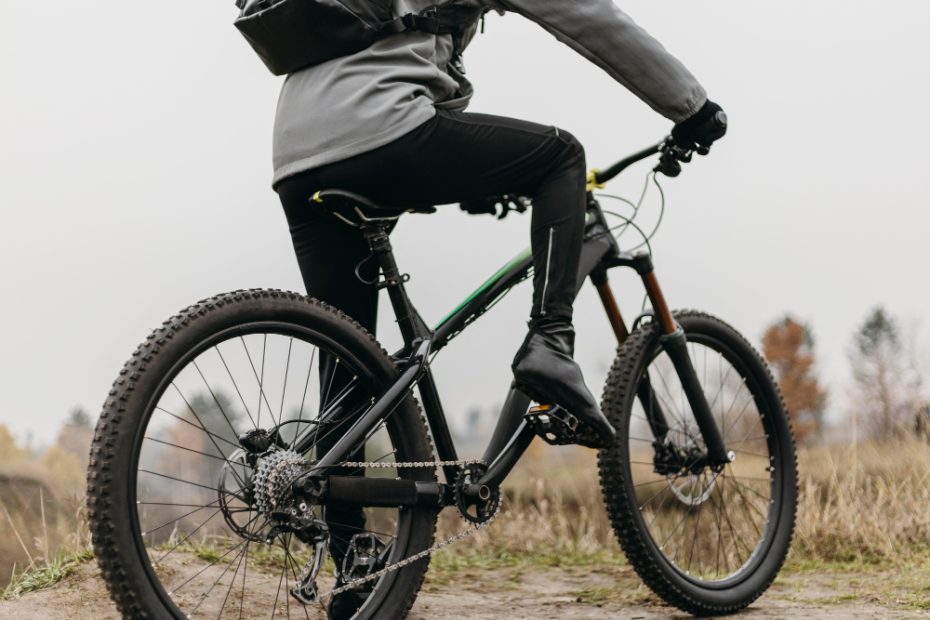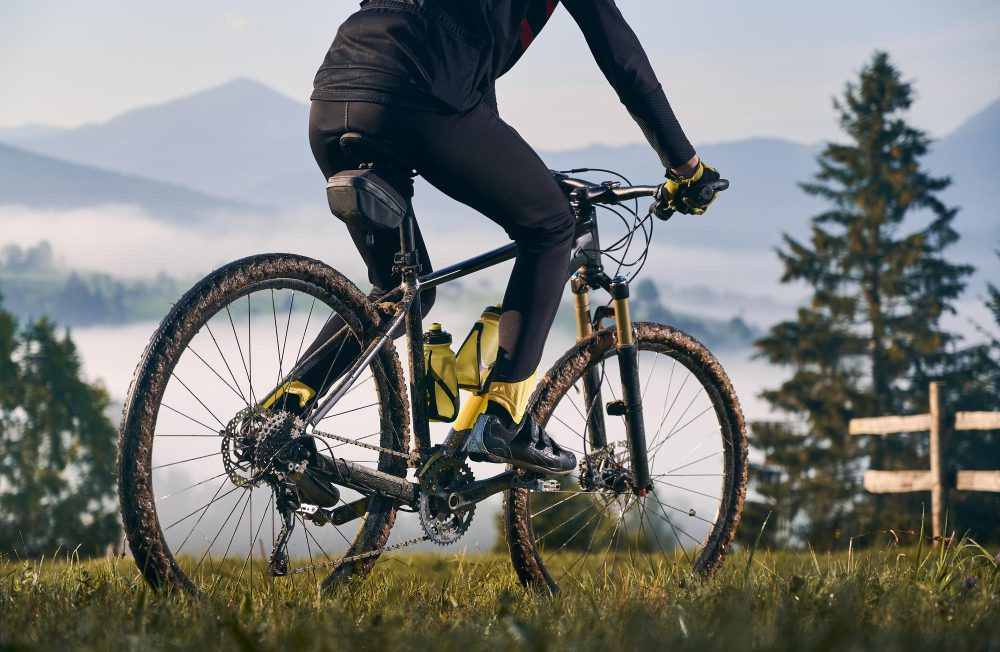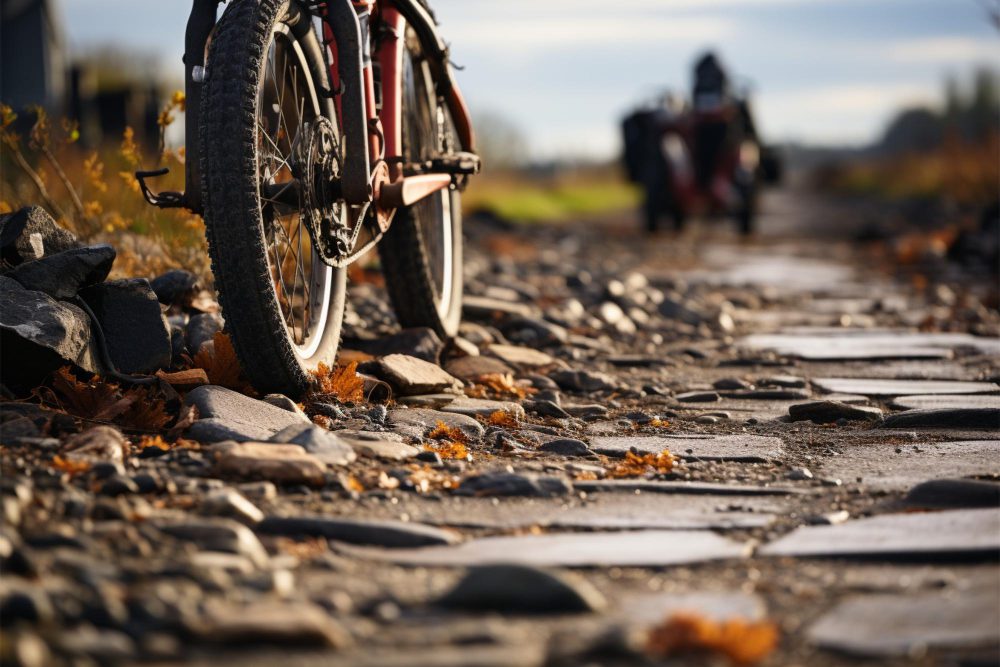Do cyclocross riders use power meters?
Introduction
Cyclocross is a highly demanding and exhilarating sport that combines elements of road cycling and off-road riding. It requires athletes to navigate through various terrains, including grass, mud, gravel, and even stairs, all while facing challenging weather conditions. As with any competitive sport, performance optimization is crucial for cyclocross riders. One tool that has gained popularity among cyclists in recent years is the power meter.
The Importance of Power Meters
A power meter is a device that measures the amount of power a cyclist generates while pedaling. It provides valuable data such as wattage output, cadence, and energy expenditure. By using a power meter, cyclists can objectively gauge their effort levels, track their progress, and make more informed training decisions.
Power Meters in Cyclocross
While power meters have become a common sight in road cycling, their prevalence in the world of cyclocross is less pronounced. The nature of cyclocross races, with their short and intense efforts, may not seem to align with the traditional application of power meters. Additionally, the challenging terrain and frequent dismounts and remounts can make it difficult to maintain a steady power output.
However, despite these challenges, many cyclocross riders have started to integrate power meters into their training and racing. The benefits that power meters offer in terms of objective performance measurement and insightful data analysis are hard to ignore.
The Advantages of Using Power Meters in Cyclocross
Training Optimization: Power meters allow cyclists to precisely measure their effort levels during training sessions. This information can be used to set specific training zones, ensuring that riders are maximizing the effectiveness of their workouts. Cyclocross riders can focus on specific power targets for different aspects of the race, such as accelerations, sustained efforts, or technical sections.
Race Strategy: Power meters can provide valuable insights into how riders perform under different conditions and terrain. By analyzing race data from previous events, athletes can make informed decisions about pacing, gear selection, and conserving energy for crucial moments during a race. This knowledge can significantly impact a rider’s chances of success.
Efficiency Improvements: Cyclocross courses often feature short, intense efforts that require quick accelerations and changes in pace. Power meters can help riders identify areas where they may be wasting energy, allowing them to refine their technique and improve their overall efficiency. This could be particularly beneficial during challenging conditions where maintaining power output is more difficult.
Power meters provide objective data that allows cyclocross riders to fine-tune their training, optimize their racing strategy, and improve their overall performance.
What pedals do cyclocross riders use?
Clipless or Flat Pedals?
When it comes to choosing pedals for cyclocross riding, the debate between clipless and flat pedals is always present. Both options have their advantages and disadvantages.
Using clipless pedals, which require special cycling shoes with cleats, offers better power transfer and efficiency, allowing riders to pedal more effectively. This can be particularly beneficial during intense race situations or when climbing steep hills. Additionally, clipless pedals provide a secure connection between the rider and the bike, preventing feet from slipping off in muddy or technical terrains.
On the other hand, many cyclocross riders prefer flat pedals as they offer quick and easy foot disengagement, especially during dismounts or remounts. Flat pedals also allow for more freedom of movement, enabling riders to easily dab a foot on the ground when navigating challenging obstacles.
Pedal Options
For those who choose clipless pedals, there are several popular options among cyclocross riders:
1. Shimano SPD: Widely used in cyclocross due to their reliability and mud-shedding capabilities, Shimano SPD pedals provide a secure connection while allowing for easy engagement and disengagement.
2. Look S-Track: Known for their large platform and adjustable tension settings, Look S-Track pedals offer stability and versatility, ideal for the demanding conditions of cyclocross racing.
3. Time ATAC: These pedals possess an open design that self-clears mud effectively, making them a popular choice among cyclocross riders who often face challenging terrains.
4. Crankbrothers Eggbeater: With their minimalist design and four-sided entry, Crankbrothers Eggbeater pedals are lightweight, shed mud easily, and provide a strong connection between rider and bike.
For those who prefer flat pedals, there are various options available as well:
1. Shimano Saint MX80: These durable and grippy flat pedals feature replaceable pins and a wide platform for excellent stability and control.
2. Race Face Chester: Designed specifically for aggressive riding, the Race Face Chester flat pedals offer a large platform, durable construction, and reliable grip even in wet conditions.
3. DMR V12: Renowned for their strength and durability, DMR V12 flat pedals provide a large concave platform and adjustable pins for optimal traction and support.
In conclusion, the choice of pedals for cyclocross riders ultimately depends on individual preferences and riding style. Whether they opt for clipless or flat pedals, it’s crucial for cyclists to select pedals that enhance their performance, considering factors such as mud-shedding capabilities, ease of engagement/disengagement, and platform size.
“Choosing the right pedals is essential for cyclocross riders to navigate the varied terrain and demanding conditions they face during races.” – Cyclocross enthusiast
What is the best handlebar width for cyclocross?
Cyclocross riders often face the dilemma of choosing the best handlebar width for their bikes. The handlebar width plays a crucial role in determining the rider’s comfort, control, and overall performance on different terrains. Let’s explore the options and find the best fit for you.
Why handlebar width matters
The width of the handlebars affects the rider’s stability and maneuverability. A wider handlebar provides more control during technical sections and tight corners, while a narrower one offers better aerodynamics and can improve speed on flat terrain.
When it comes to cyclocross, where riders encounter a variety of terrains, versatility becomes essential. Many experts suggest that a handlebar width between 40-46cm (center-to-center) works well for most riders. This range allows for a good balance between control and aerodynamics.
Finding your optimal width
However, the ideal handlebar width may vary depending on your body proportions and personal preference. Some riders may feel more comfortable with a narrower bar, while others prefer a wider grip for added stability.
A good way to determine your optimal handlebar width is to consider your shoulder width. Measure the distance between your acromion bones (the bony points on top of your shoulders). Ideally, your handlebar width should match or be slightly wider than your shoulder width.
Considerations for different riding styles
It’s also important to take into account your specific riding style and the type of courses you typically tackle. For technical courses with tight turns, a slightly narrower handlebar can provide better maneuverability. On the other hand, if you’re more focused on endurance races and long stretches, a wider handlebar can offer increased stability and leverage.
Remember, finding the best handlebar width requires some experimentation. Don’t hesitate to test different options and seek advice from experienced riders or bike professionals.
“The right handlebar width can make a world of difference in your cyclocross performance. It’s about finding the perfect balance between control and comfort.” – Cyclocross Pro Rider
Conclusion
While there is no one-size-fits-all answer to the best handlebar width for cyclocross, a range of 40-46cm (center-to-center) is a good starting point. Adjustments can be made based on your body proportions, riding style, and personal preferences. Remember to consider your shoulder width and seek advice from experts to find the optimal handlebar width that suits you best.



